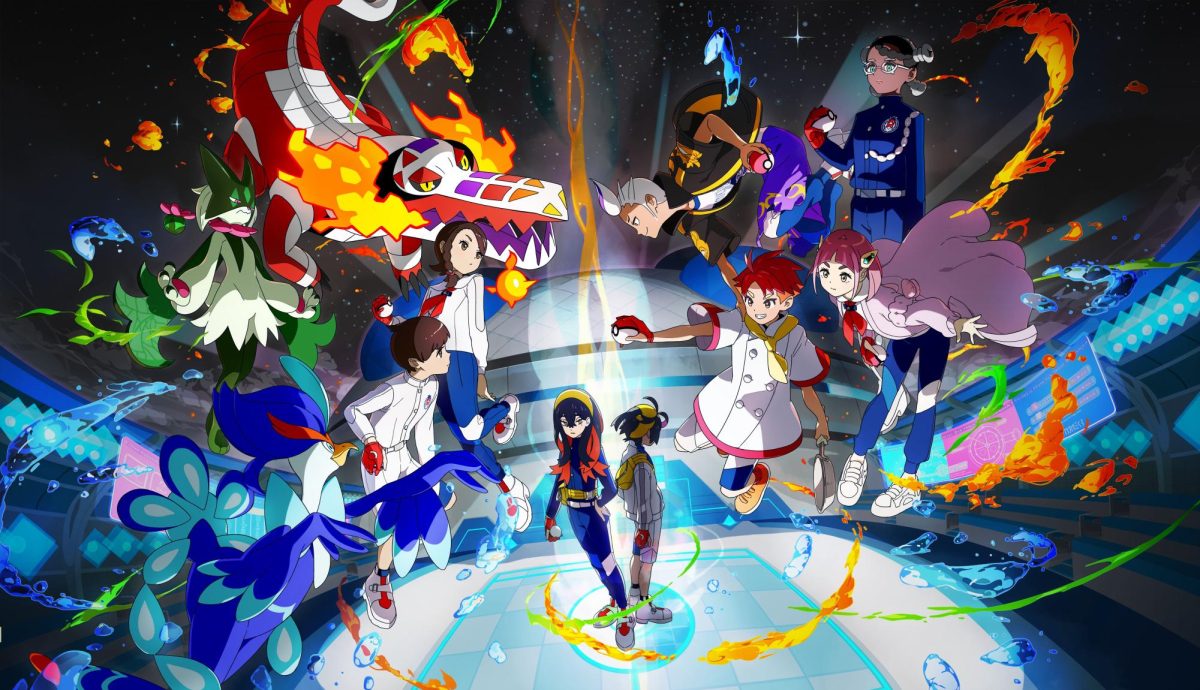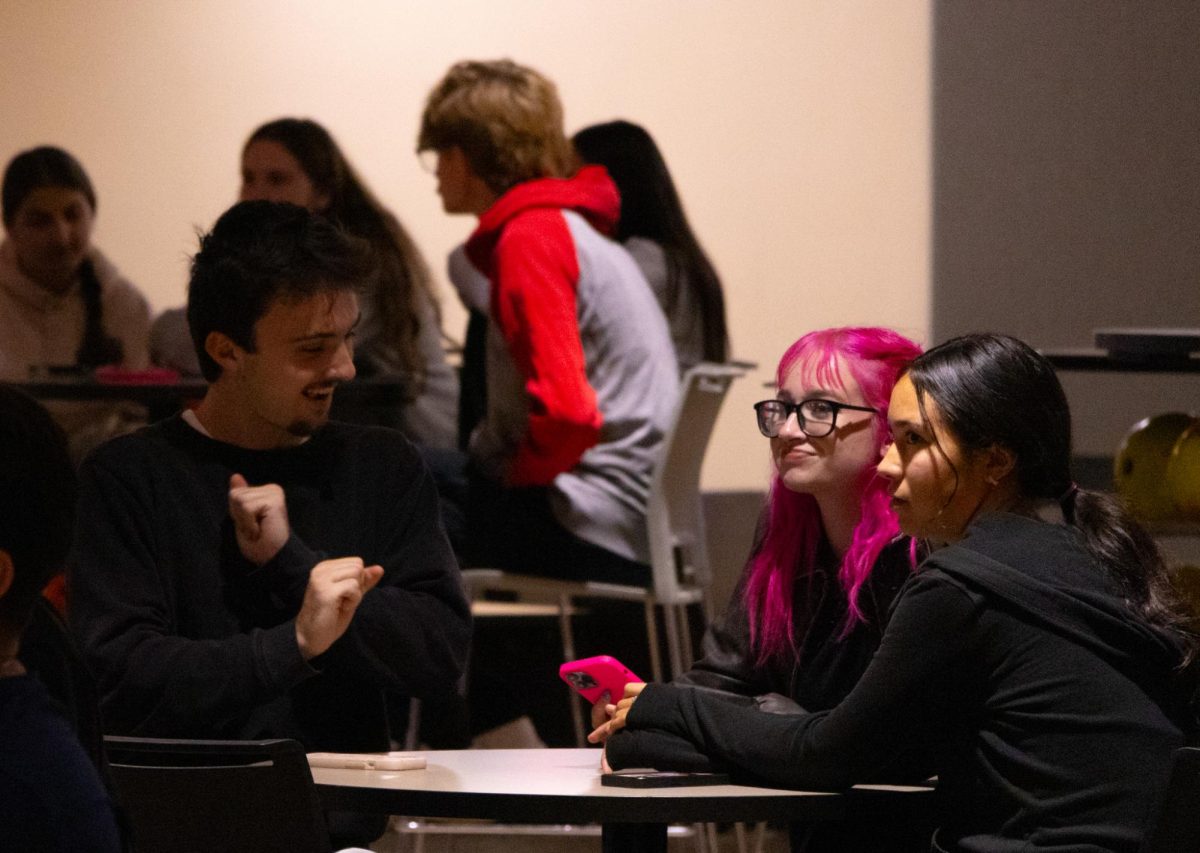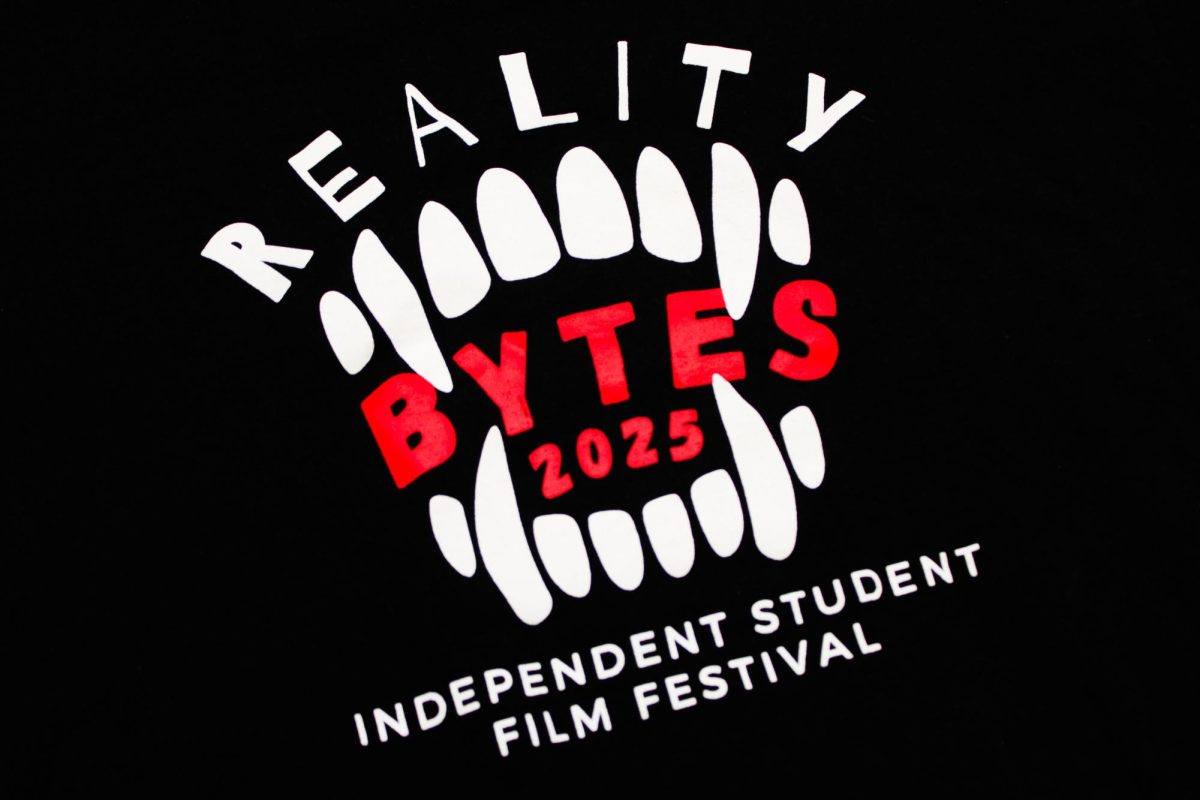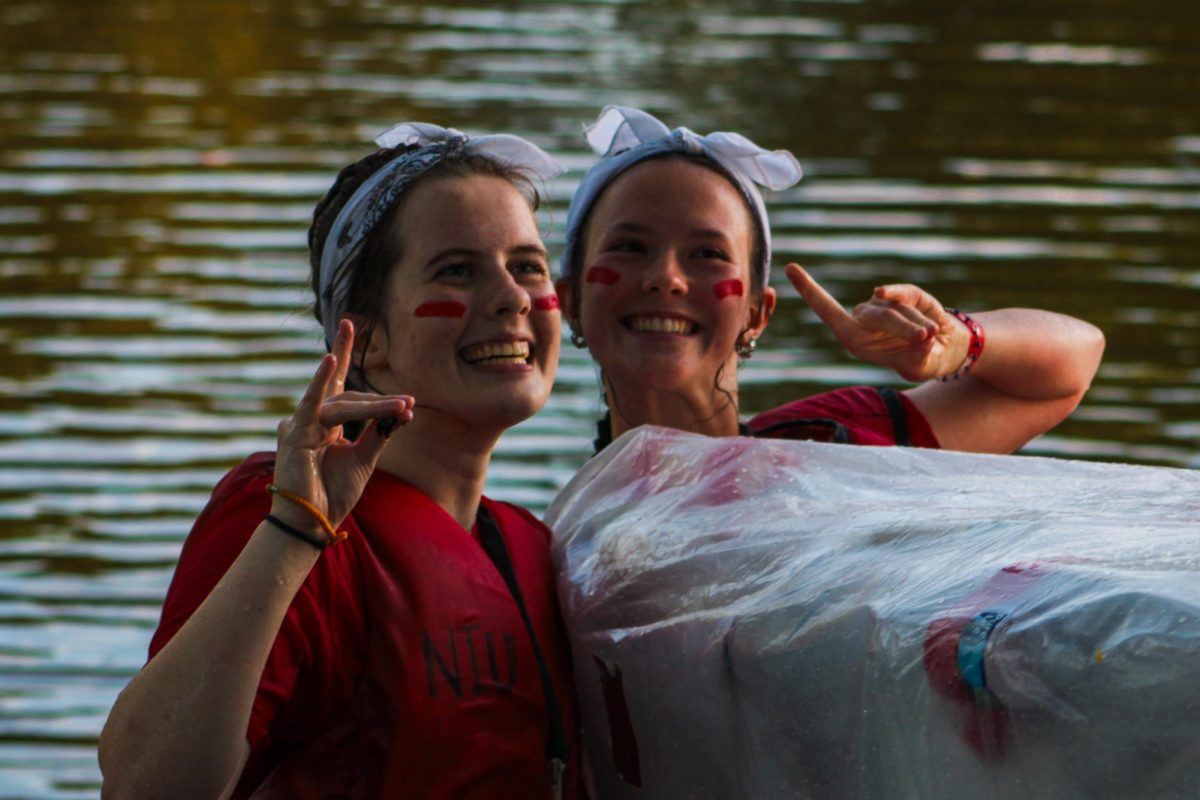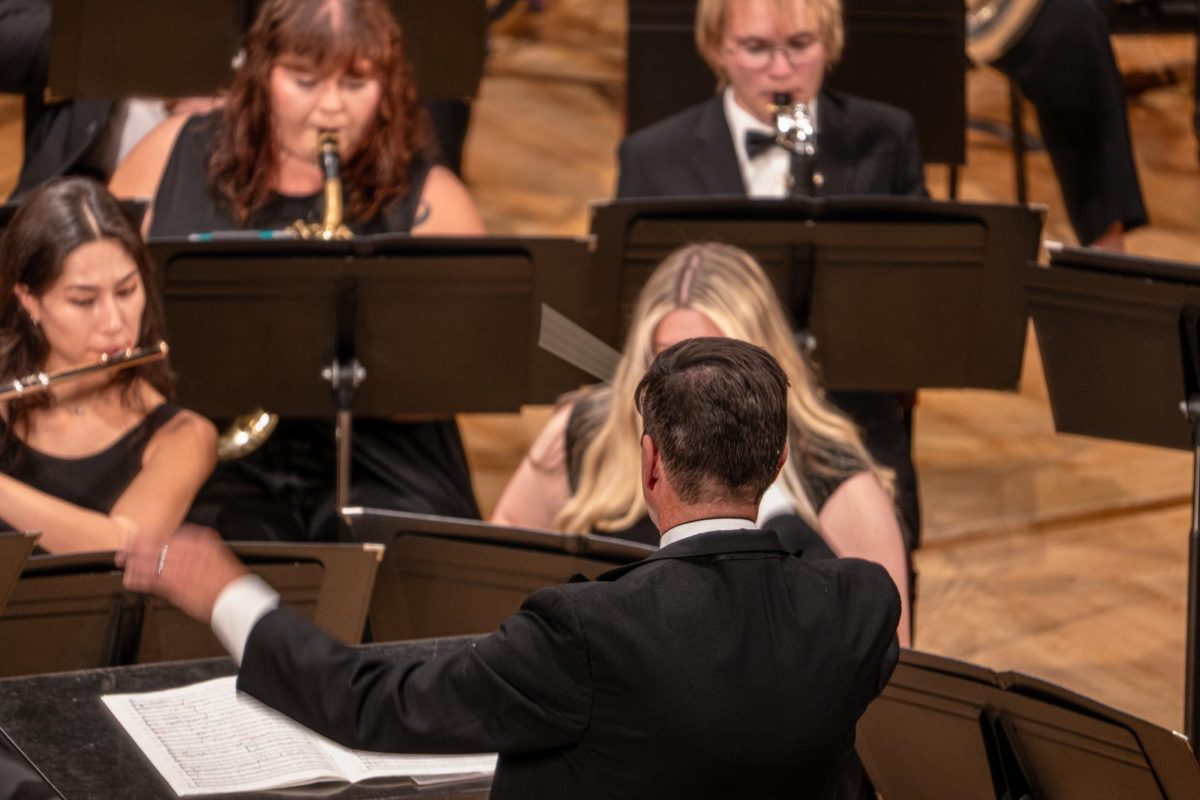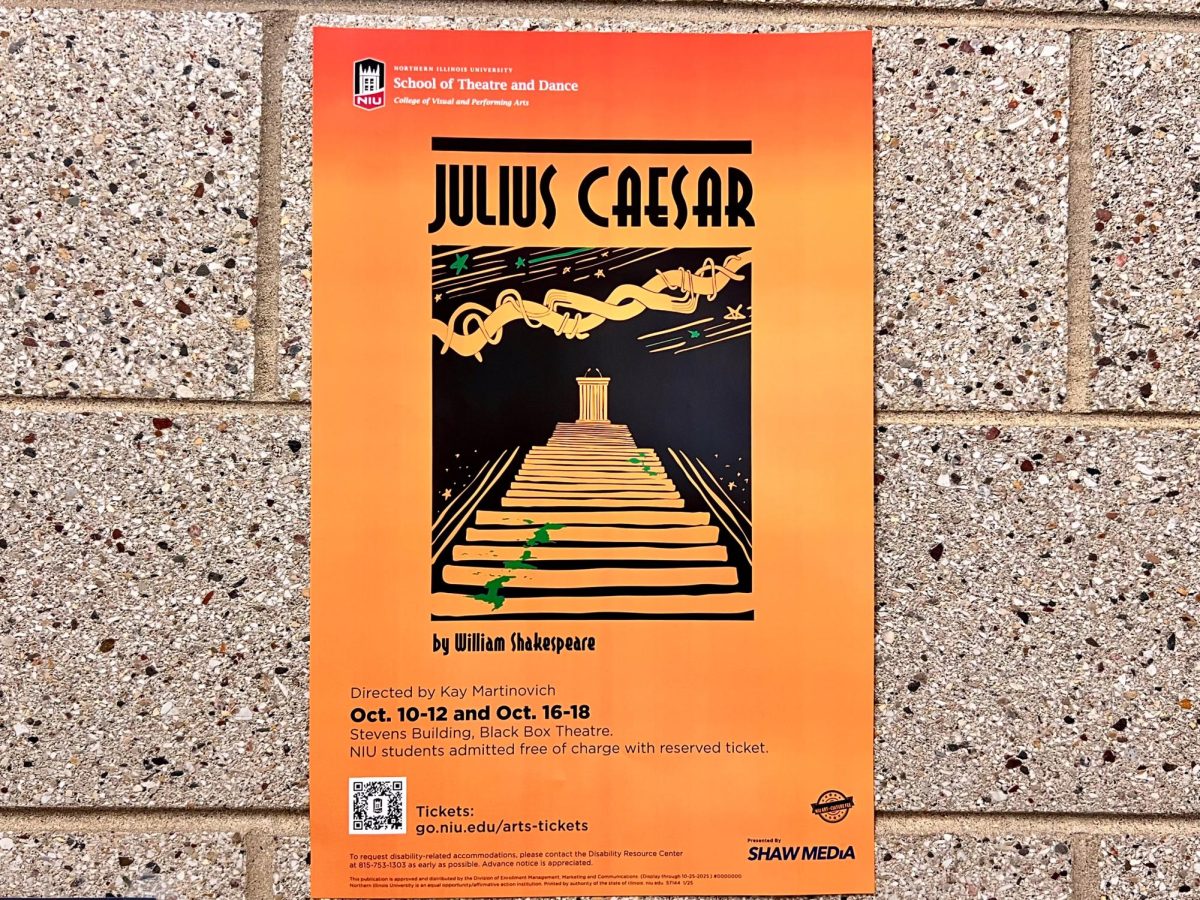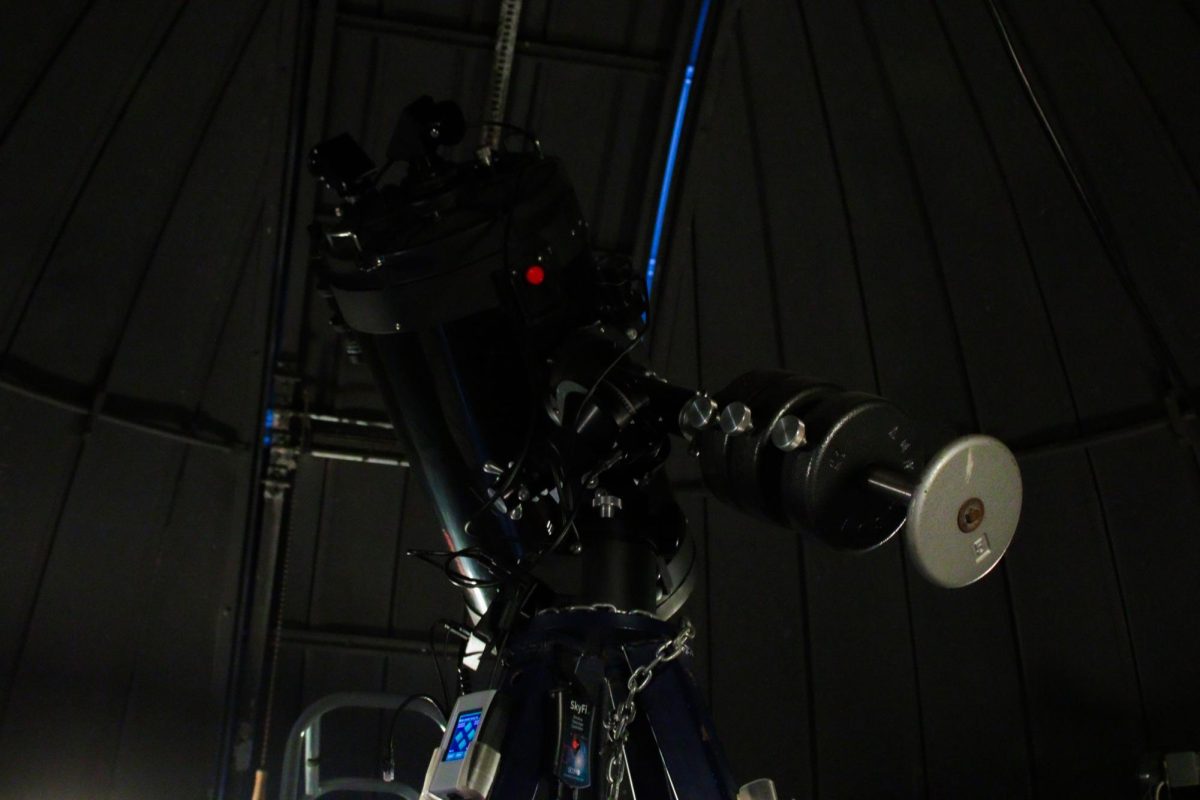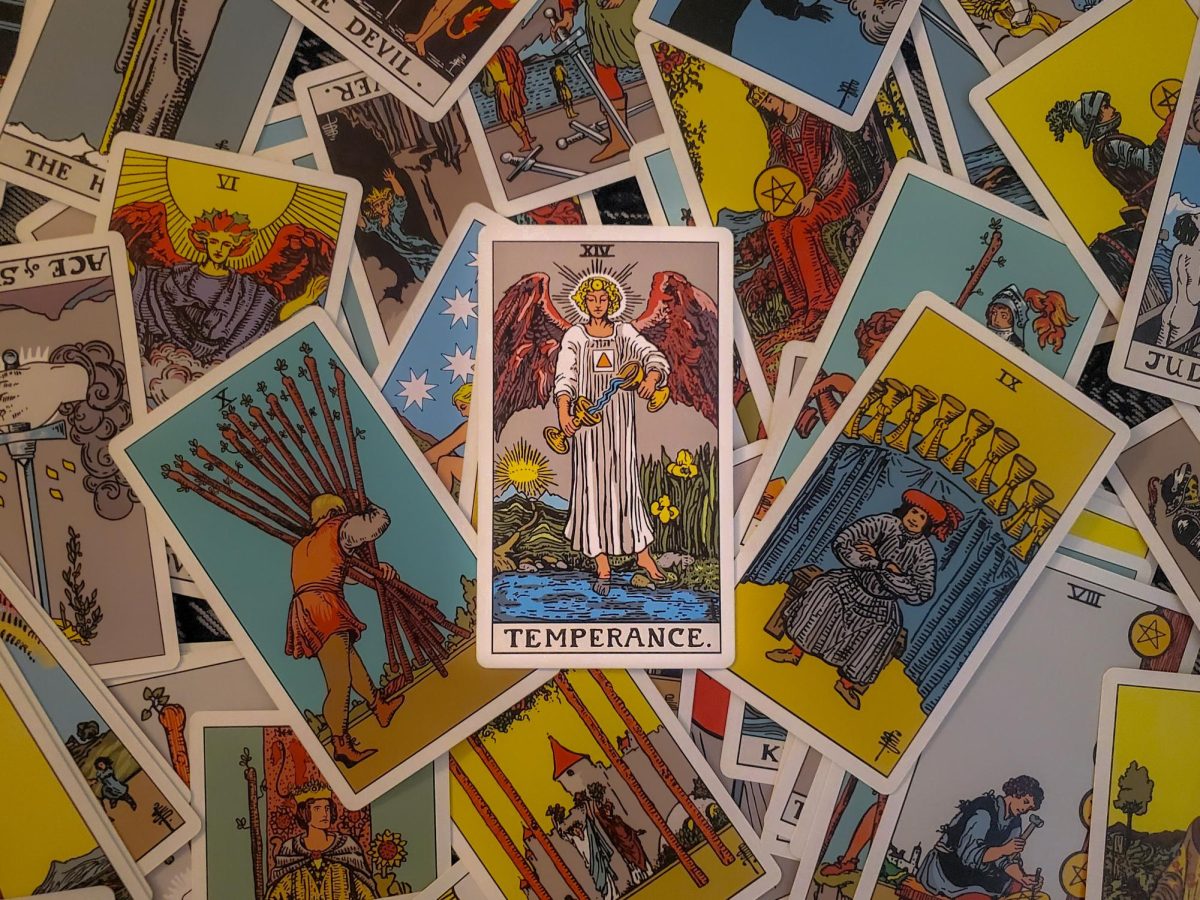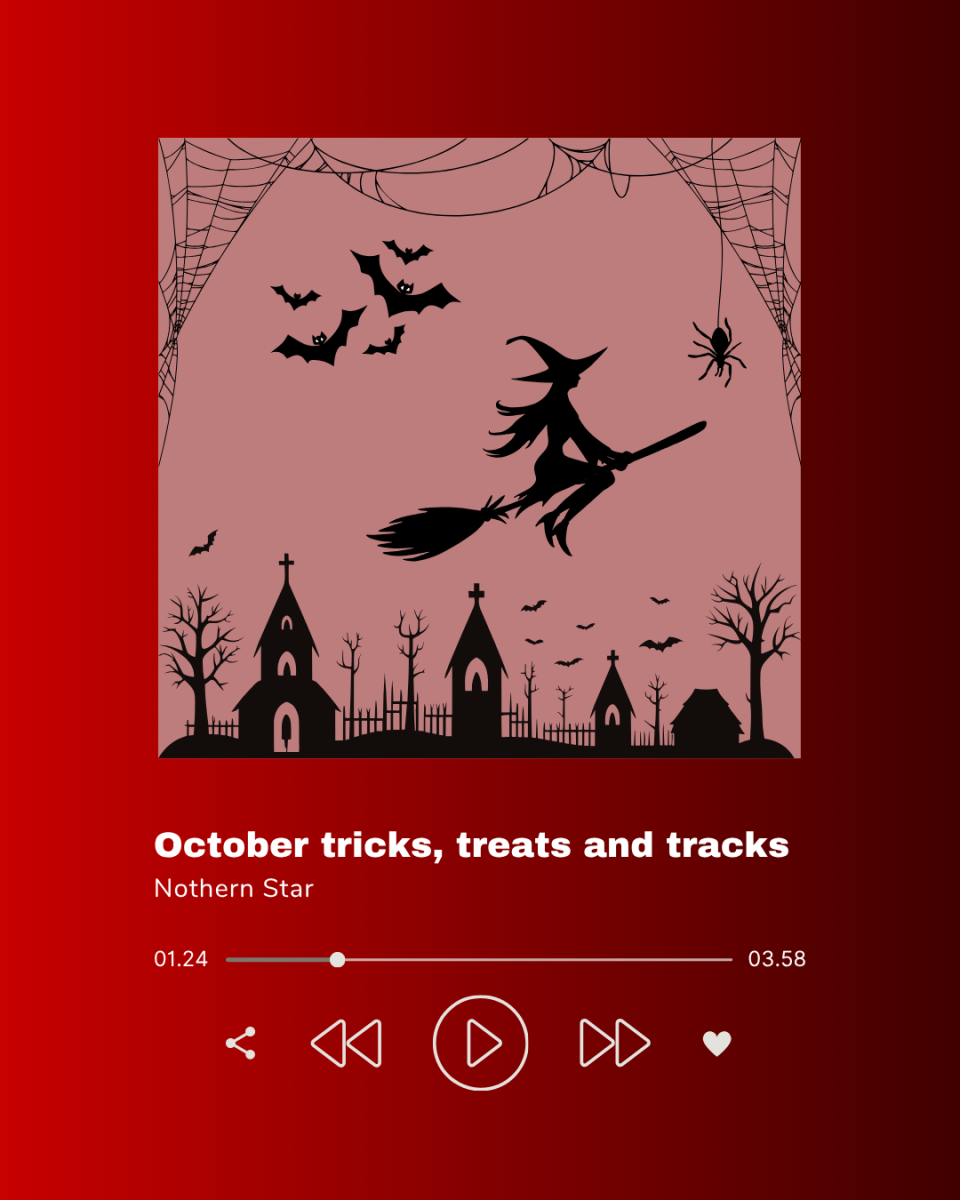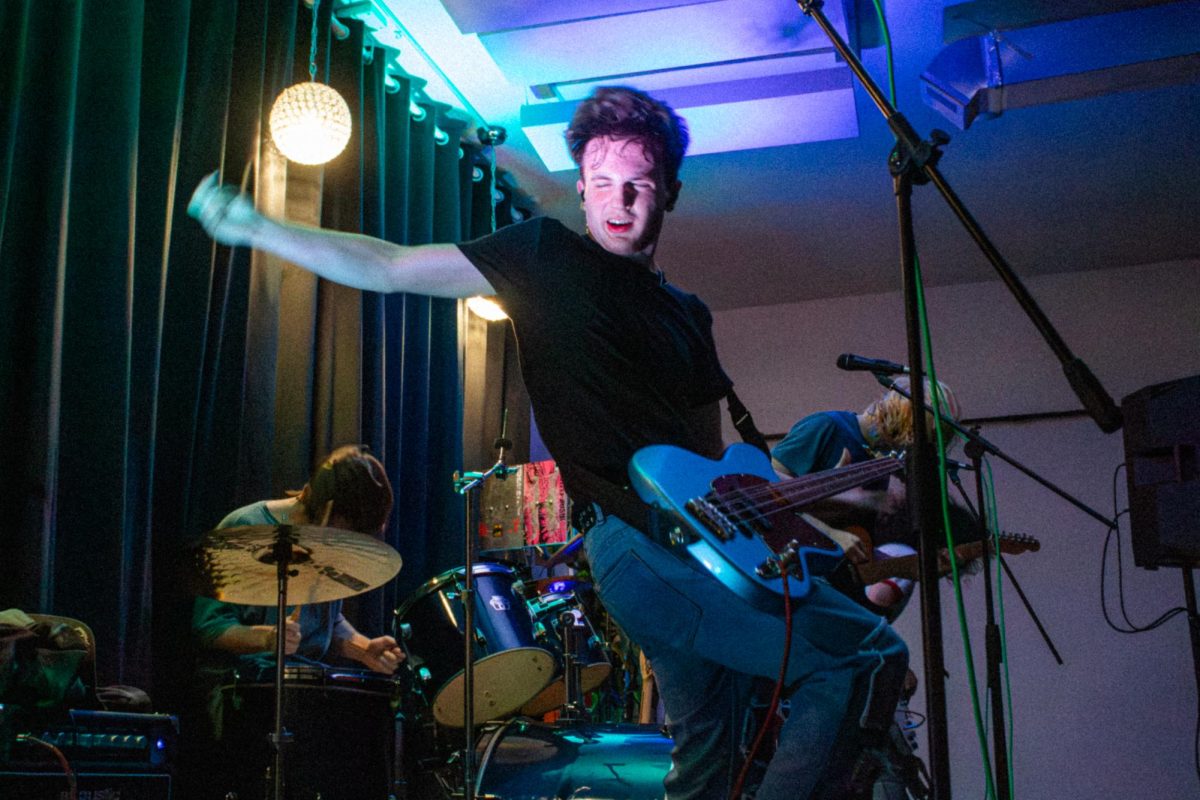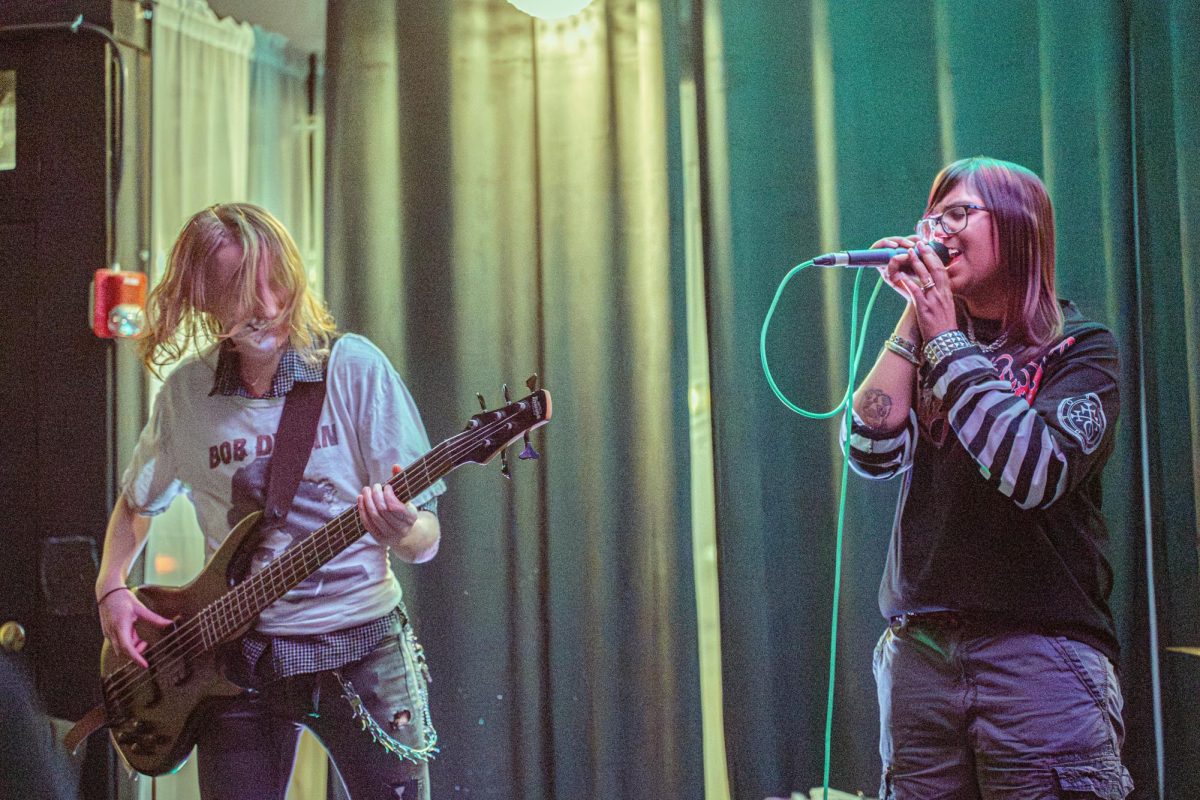From the lush hills of Kitakami to the blue shores of Unova, Pokémon comes full circle in the final epilogue of “The Hidden Treasure of Area Zero.”
Recently, Nintendo distributed the Mythical Pecha Berry to players of their most recent titles “Pokémon Scarlet” and “Pokémon Violet.” The item is used to kick-start the final events in the Pokémon DLC as players must complete the stories of “The Teal Mask” and “The Indigo Disk” before playing the game’s final chapter.
EPILOGUE
Called “Mochi Mayhem,” the story has the player’s character return to the Kitakami, the region introduced in the first half of the game’s DLC, to uncover the mystery of a new Mythical Pokémon, Pecharunt.
This creature represents some of the more in-depth designs for Pokémon presented in this downloadable content.
Pecharunt along with Okidogi, Munkidori, Fezandipiti and Ogerpon, the four legendary Pokémon introduced in “The Teal Mask,” represent the main characters in a story from Japanese folklore, “Momotaro” – Peach Boy.
In the original story, the boy, born from a peach, goes to defeat the ogres that were troubling his land. In his travels, he meets talking animals – a dog, monkey and a pheasant – that helped him defeat the ogres.
Pecharunt is a representation of Momotaro himself; however, in the Pokémon world version of the story, the heroes and villains are all switched around. Ogerpon is the hero, and Pecharunt and his companions are the antagonists causing trouble in Kitakami.
While I did enjoy the characters’ story arc, I did find the names Ogerpon and Pecharunt to be a bit bland. The three companions’ names were fun though; I liked how they sounded like puns.
The story itself in the epilogue was also rather cute. The mayhem referenced in the title of arc is caused by Pecharunt’s power which makes a mind-controlling mochi, a sweet Japanese rice cake, that makes people breakout into dance.
While the epilogue itself didn’t add much content to the game, it was refreshing to see the story of these five Pokémon flushed out more and to see the game expand its folklore.
FINAL THOUGHTS
The DLC overall was an extremely enjoyable experience that helped add to the games’ playability by featuring characters, Pokémon, locations and storylines that were some of the best in the franchise.
Kitakami was a big standout with its rich culture and traditions with just enough real-world inspirations infused with Pokémon whimsy that makes it one of the best regions to date.
The call-backs to previous generations were enjoyable, particularly generation five with Blueberry Academy, the location of the second half of the DLC, being in the same region, Unova – a region based on New York.
Another interesting reveal was one character, Drayton, was the grandson of Drayden, a dragon-type gym leader from Unova-based Pokémon games. This tidbit of information is hopefully a big clue to a remake of gen-five games.
However, it’s not all sunshine and rainbows as the game is not without flaws.
One of the more frustrating things is the lack of certain Pokémon in the games.
Starting in “Sword and Shield,” the Pokémon Company decided it would no longer support including every Pokémon from past generations in future games.
While somewhat understandable since the number of Pokémon has now reached over 1,000, the exclusion of certain Pokémon in “Scarlet and Violet” that would thematically fit perfectly is still baffling.
The most glaring example being 90% of the fossil Pokémon, with only two families of them being available, are not present in the games.
This is confusing because the entire focus of “Scarlet and Violet” is on past and future paradox Pokémon, and many of the past Pokémon have traits relating to dinosaurs. Including fossil Pokémon seems like a no-brainer considering they are literally prehistoric creatures. It’s a huge missed opportunity.
Regardless, the good things outweigh the bad, and I highly recommend playing this DLC for anyone who owns one of the base games “Scarlet” or “Violet.”


